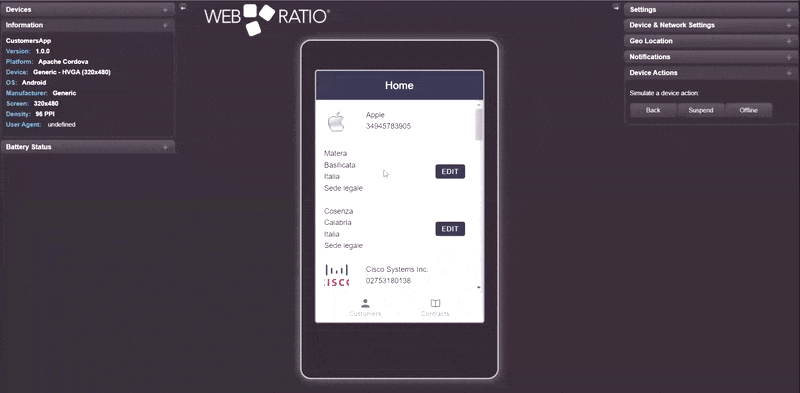
Coding and low-code development
As opposed to traditional programming, which requires more specialized development knowledge, the visual approach’s simplicity of Low-Code allows individuals to create complex business applications even with minor technical skills. The increase in development speed decreases investments’ payback periods and resources costs, especially in terms of application maintenance. Developers are relieved of updating technologies and thus can focus on improving engineering and design, drastically reducing innovative solutions’ time-to-market and time-to-MVP.

Low-code and no-code development
No-code development excludes the possibility of programming, to the detriment of developmental flexibility, and is suitable for creating vertical market solutions that respond to specific business problems using only configurators. Low-code development, in contrast, also allows programming. This facilitations development of new functionalities, processes, and service models, opening development up to new scenarios and innovative solutions that differentiate companies from market competitors. In no-code development, digital solutions’ characteristics are standard and created based on usage trends. With low-code, customization is unlimited while maintaining a realization speed comparable to the adoption of a software already present on the market.




























